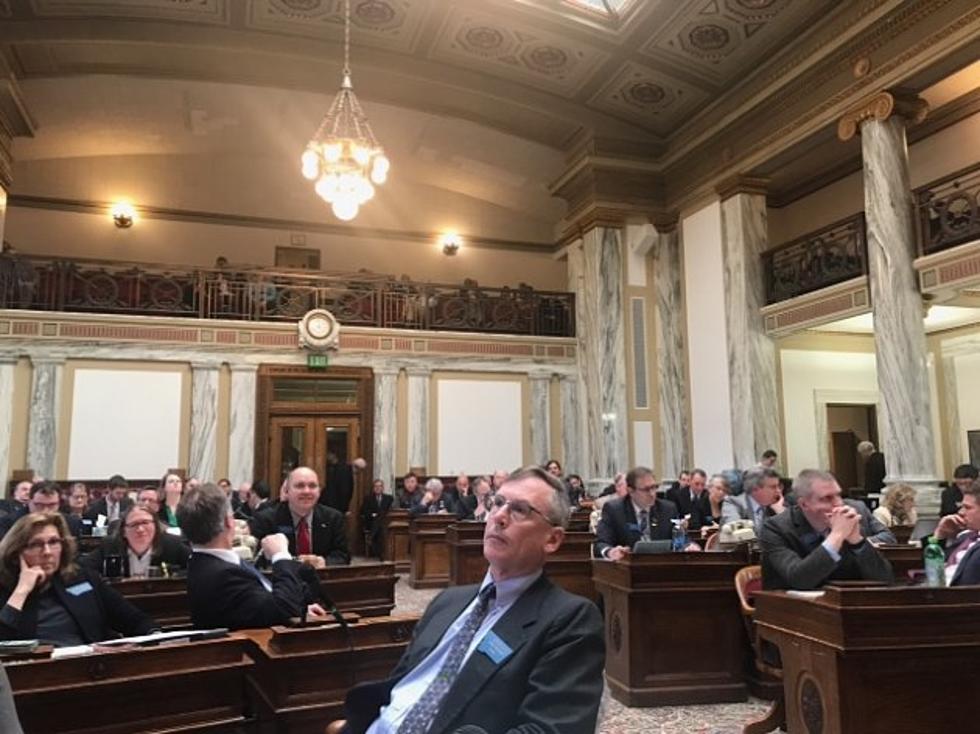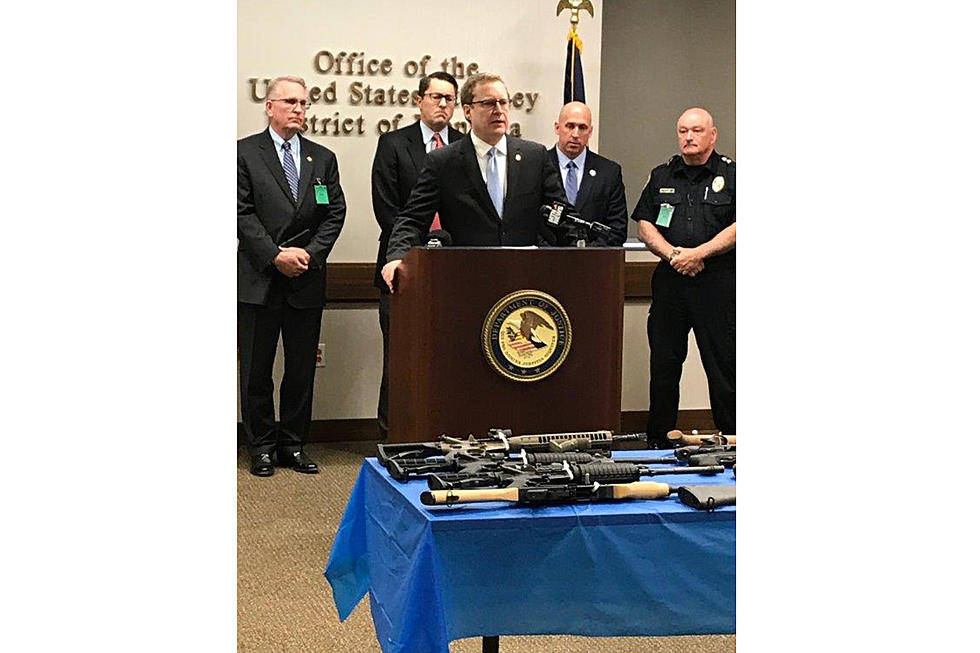
Budget Director Kurt Alme Discusses the Final State Budget
Governor Greg Gianforte’s Budget Director Kurt Alme spoke with KGVO News late Thursday afternoon to provide an update on the budget numbers for the next biennium.
Alme said the state’s $12.6 billion budget is in good shape, even considering the COVID-19 pandemic.
“It does several things,” said Alme. “First of all, this is going to slow the rate of growth of Government. House Bill 2 is about $145 million below the previous administration's House bill to general fund budget for the biennium, and the growth rate has also been slowed. The growth of government for the general fund overall is predicted to go up about .75 percent each year, and that's compared to anticipated inflation and population growth of two and a half percent.”
Alme said the state’s various fund balances are also healthy.
“Not only do we have a strong budget, I mentioned that it very much slows the rate of growth, but also we've left the state in a very strong financial position,” he said. “As we face this time of economic uncertainty coming out of COVID, we have increased the ending fund balance from the previous administration's budget from $250 million to $350 million. We've eliminated the proposed reductions or amounts to be taken out of the budget stabilization reserve. So we have our full budget stabilization reserve and our budget is also structurally sound.”
Alme also addressed some of the priorities that Governor Gianforte placed before the legislature.
“We were able to preserve key services for all Montanans, and in addition, the governor has priorities to add $2.5 million in incentives to increase starting teacher pay,” he said. Montana has had the lowest starting teacher pay in the country. There’s also $1 million in tax credits for trades education and training and significant investments in the state’s critical infrastructure, not just this year and over the biennium, but also with the funds that we receive from ARPA over the next four years.”
Alme said another of the governor’s priorities was to address the problem of drug and alcohol addiction, especially with the legalization of recreational marijuana coming into the state.
“We have a serious drug epidemic, particularly a methamphetamine epidemic in Montana,” he said. “Now with legalization of marijuana, we expect drug use to become an even more serious issue. The legislature just included the HEART fund for Healing and Ending Addiction to Recovery and Treatment, which will take $6 million of the new marijuana tax revenue and use it to obtain about $19 million in Medicaid match. So we expect to have about $25 million in primarily federal money available to our communities across the state to help deal with prevention and treatment of substance abuse.”
Click here to see the budget numbers for Montana for the next biennium.
LOOK: Here are the 50 best beach towns in America
More From KBUL NEWS TALK 970 AM & 103.3 FM



![Violent Crime Drops for 2nd Year in a Row in Missoula [AUDIO]](http://townsquare.media/site/125/files/2018/07/Kurt-Alme-and-others.jpg?w=980&q=75)





